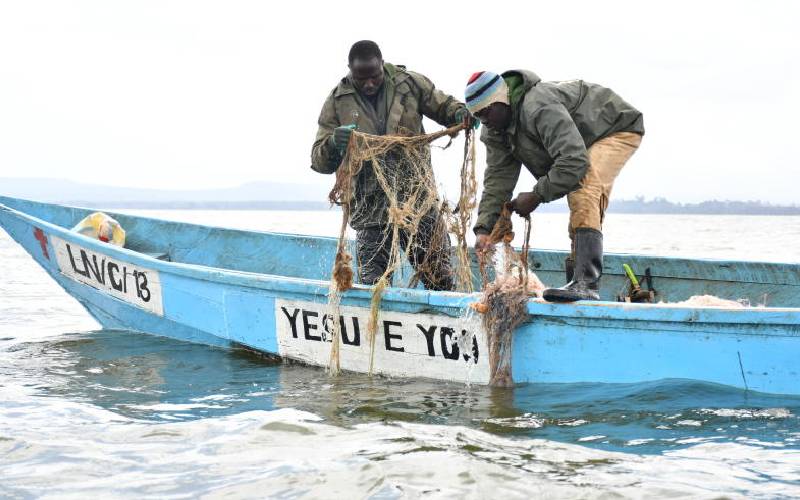More than 4,000 families in Naivasha have been forced to leave their homes as Lake Naivasha’s rising water levels continue to flood nearby estates, farms, and hotels, sparking fears of an environmental and health crisis.
The hardest-hit areas include Kihoto, Karagita Landing Beach, and North Lake, where residents say pollution is worsening as floodwaters sweep raw sewage, agro-chemicals, and industrial waste into the lake. Locals have warned that the contamination threatens fish stocks and poses serious health risks.
Lake Naivasha Basin Landscape Association (LANABLA) Chairperson Dan Karanja Nyoro described the situation as a “ticking time bomb,” cautioning that pollution and displacement could intensify if no urgent action is taken.
“Raw sewage from estates and hotels, combined with fertilizers, is being washed into the lake daily , even as the water levels continue to rise,” Nyoro said.
He added that submerged pit latrines have further endangered water safety, endangering the livelihoods of fishermen who depend on the lake.
Nyoro further noted that fish catches have been declining since the start of 2025, blaming the drop on increasing pollution.
Grace Nyambura, representing the Lake Naivasha Beach Management Units, confirmed that fishermen have been forced to abandon the southern part of the lake, where most large hotels, farms, and informal settlements are located, and move to the northern side in search of fish.
The government last month issued relocation notices to those occupying riparian land, warning of the dangers posed by the swelling lake. However, many families have yet to move.
Naivasha Deputy County Commissioner Josiah Odongo said the number of people affected continues to grow, and faulted residents for ignoring government directives. He stressed that warnings about settling too close to the lake had been clear, yet many still chose to remain in high-risk zones.

